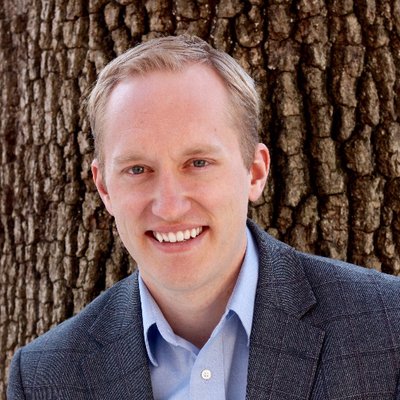
Dustin Homer, Director: Client Solutions for Fraym
The African socio-economic landscape – much like its geographical landscape – is characterized by extremes. Large, impoverished areas are peppered with pockets of considerable wealth. Informal and formal economies are deeply enmeshed, and equally essential to economic wellness on both macro and micro levels. It’s no wonder Africa is often seen by investors as a particularly tough nut to crack.
But this situation is changing. And Africa is increasingly seen for what it really is: a region of skyrocketing growth and innovation. Africa’s middle class is growing faster than ever – yet targeting this “Goldilocks” market with even entry-level goods and services continues to be a challenge for businesses hoping to capitalize on the opportunity. That’s particularly true for the expanding private healthcare market.
Rising levels of education, improving salaries and rapid urbanization mean that health insurers and the private healthcare facilities they work with are commanding an increasing share of health services in Africa. These service providers know their markets are small (but growing), and for profitability’s sake, they need to ensure that their locations are within reach of communities that not only require their services but are able to pay for them as well. This is where innovative approaches to consumer data can do a great deal to accelerate the growth of healthcare companies.
At Fraym, for example, we have a product for helping insurance companies understand who their ideal customers are, how much they can spend, and exactly where they are located, down to the neighborhood level. Many insurance companies, particularly those well-developed organizations based in South Africa, are looking to improve their bottom lines in the fast-developing regions of Nigeria and East Africa, with one big player boldly stating that the Nigerian market is poised to overtake that of South Africa before long. The right, invaluable data enables a win-win situation for both businesses and communities then – with insurance services placed exactly where people need them, and at a price point they can afford.
The high-resolution geospatial data and analysis we produce at Fraym – including household surveys, geospatial analysis through satellite imagery, and other demographic and consumer information – allows us to create more specialized and accurate consumer profiles than have previously been possible for most of Africa. With this insight, private healthcare providers can position themselves in the best locations for success – which can come down to the difference of just a few kilometers, considering Africa’s high levels of comingled inequality, and the economic diversity of its urban and rural spaces. In Kenya, for example, working-age adults with private health insurance make up just over 1% of the population – yet this segment accounts for 5% of the urban population of the capital, Nairobi. The same discrepancy is observed in Ethiopia (1%) and its capital, Addis Ababa (5%), and in Ghana (0.5%) and its capital, Accra (2%).
A rising middle class, in combination with cutthroat industry competitiveness and both global and localized economic shakiness, means that the pressure is on for the insurance industry. They need to innovatively take their products down-market – to those people in need of better care and who increasingly have the means to pursue it.
It’s up to private healthcare providers to seize these opportunities and realize the potentially great rewards waiting for both them and their clients. But this will only be possible if their introduction into these new markets is done methodically, and in a way that is informed by the best consumer data available for a continent that has traditionally been viewed as a difficult business landscape. With the right data – creatively applied – these insights can not only improve access to healthcare and chances of business success but stimulate employment and socio-economic growth in a wider community context as well.



